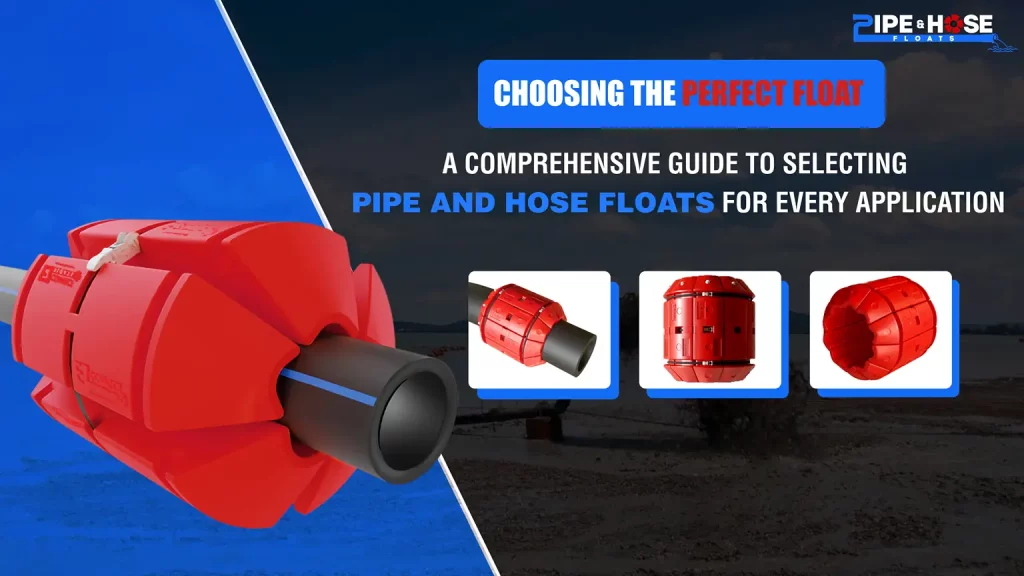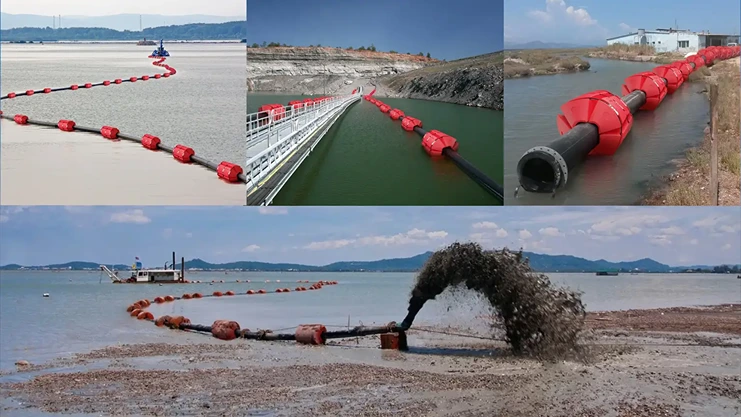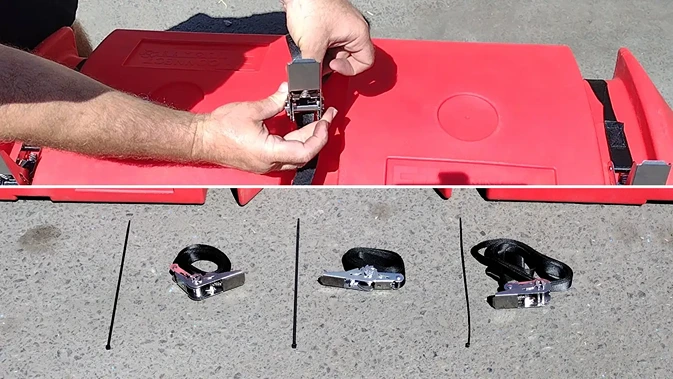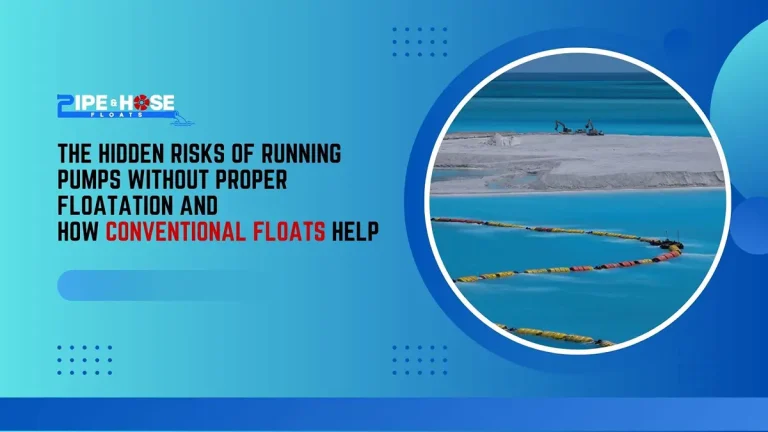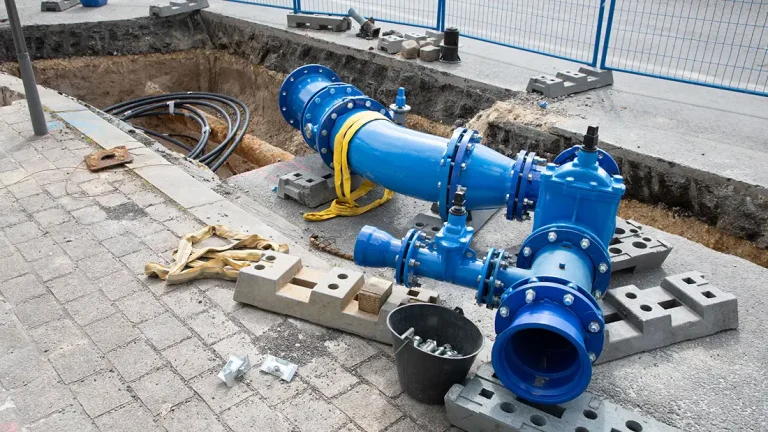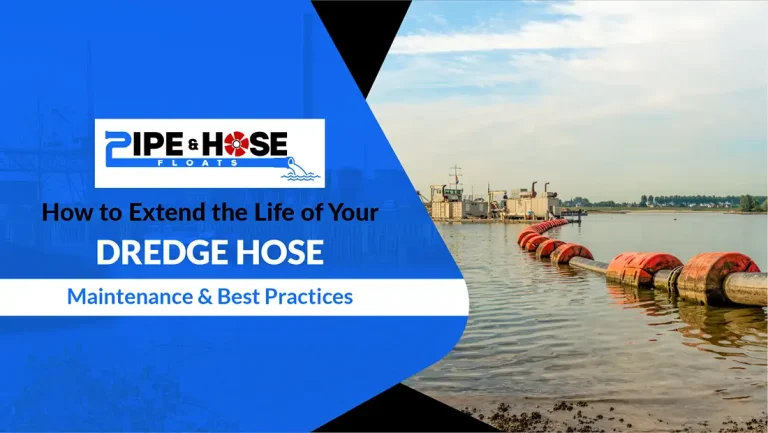In industrial applications, selecting the suitable pipe and hose floats ensures effective, safe, and efficient operations. The appropriate float helps protect and manage submerged pipelines and cables across various environments, whether for dredging, mining, or wastewater treatment. This guide aims to illuminate the diverse factors that must be considered when choosing floats, including buoyancy requirements, environmental conditions, and installation considerations. We will explore essential aspects such as understanding specific float requirements, evaluating material options, and considerations for installation and maintenance, ensuring you can make an informed decision for your industrial needs.
Understanding Float Requirements
Before selecting a float, defining your application’s specific needs and requirements is essential. Key factors include weight capacity, size, and operational conditions. Each application demands a unique set of specifications that influence the type of float that can be used effectively.
- Weight Capacity: The chosen float must be capable of supporting the weight of the pipe or hose along with any internal mediums (e.g., water, oil) that add additional weight. Failure to account for total weight accurately can lead to suboptimal float performance and even safety hazards.
- Size Considerations: The float size should correspond to the diameter and total length of the pipe or hose system to ensure proper buoyancy distribution and stability.
- Operational Conditions: Consider the dynamic and static conditions that the floats will encounter. This includes flow rates, speeds, and mechanical forces applied during normal operations.
Conducting a thorough assessment of the specific requirements for float selection is essential in guaranteeing that the chosen floats are appropriate for the operational demands of an application and deliver optimal performance. Here’s how to approach this assessment and why it’s pivotal:
Requirements for Industrial Applications
The first step is understanding the operational context in which the floats will be used. This involves detailed knowledge of the environment, the nature of the material being transported (e.g., the type of fluid in the pipes), and operational parameters such as flow rate, pressure, and external forces like currents or mechanical impacts.
- Accurate Weight and Buoyancy Calculations
The primary function of a float is to provide sufficient buoyancy to keep a pipe, hose, or cable at a desired operational depth. Calculating the system’s total weight when operational, including the weight of the conduit and its contents, is crucial. From these calculations, one can determine the required buoyancy to maintain stability and proper positioning. This ensures the float’s capacity is not overwhelmed, which can prevent sinking or undue stress on the structure.
- Sizing and Distribution
The size and distribution of floats along the pipeline or hose need careful planning. Inadequately sized floats or uneven distribution can lead to sagging or snaking, which may cause physical stress and wear. Proper sizing and even distribution helps maintain a linear and stable configuration, reducing the risk of bends or breaks under pressure or movement.
- Matching Floats to Environmental Conditions
The conditions under which the floats will operate—such as variations in water chemistry, temperature changes, and UV exposure—require specific materials and designs to ensure long-term functionality and durability. For example, corrosion-resistant materials like certain plastics or coated metals are preferable in saltwater applications.
- Customization for Specific Applications
In some cases, off-the-shelf floats may need to meet the specific requirements of a unique application. Custom floats with particular materials, buoyancy levels, and attachment mechanisms can be designed. This customization is based on a detailed assessment of operational conditions and environmental factors.
- Verification and Testing
Once the floats have been selected based on the theoretical calculations and assessments, verifying their performance through field testing or simulation is advisable. This step ensures that the floats perform as expected under actual operational conditions. Adjustments can be made based on the outcomes of these tests to better align with operational needs.
- Continuous Review and Adjustment
Operational conditions may change over time due to various factors, such as changes in operational capacity, environmental shifts, or aging materials. Regular review and reassessment of the float requirements help make necessary adjustments to maintain optimal performance and prolong the lifespan of the equipment.
Assessing Environmental Conditions
The environmental conditions of the application site play a significant role in float selection. Water depth, temperature, and corrosive agents can significantly impact floats’ durability and functionality.
- Water Depth: Floats must withstand the pressure at their operating depth. Deep-water applications require robust floats that can handle high-pressure environments without compromising buoyancy.
- Temperature: Environmental temperatures can affect the integrity and performance of floats. Extremely low temperatures may cause certain materials to become brittle, while high temperatures can lead to deformation.
- Corrosive Agents: In environments with corrosive elements like salt water or industrial chemicals, selecting floats made from corrosion-resistant materials is crucial to prevent degradation and extend their lifespan.
Evaluating these environmental factors helps in selecting floats that can endure the conditions without performance loss.
Evaluating Material Options
Floats are constructed from various materials, each with its own set of advantages and limitations. The primary materials used include foam, plastic, and metal.
- Foam Floats: Foam’s lightweight and excellent buoyancy characteristics make it a popular choice. However, it may be susceptible to damage from physical impacts and degradation from UV exposure.
- Plastic Floats: These are durable and corrosion-resistant, making them suitable for various environmental conditions. Plastic floats are generally more impact-resistant than foam and can be easier to maintain.
- Metal Floats: Metal floats are used in high-demand applications and offer exceptional durability and strength. They are, however, heavier and may require more robust anchoring systems.
Choosing the suitable material depends on balancing the needs for durability, weight, environmental resistance, and cost.
Considering Installation and Maintenance
Proper installation and regular maintenance are vital for the long-term performance of pipe and hose floats.
Installation Considerations:
The attachment method should ensure secure and stable positioning of the floats. Standard techniques include clamping and banding, which should be chosen based on the type and size of the pipe or hose. Ensuring compatibility with existing infrastructure is also essential to prevent operational disruptions.
Maintenance Requirements:
Different float materials and designs require varying levels of maintenance. Regular inspections for signs of wear, damage, and buoyancy changes are critical. More frequent checks are recommended for floats used in harsh conditions to address potential issues early.
Conclusion
Selecting suitable pipe and hose floats involves carefully considering numerous factors, from specific operational requirements to environmental conditions and material durability. This guide provides a structured approach to assessing these factors, ensuring that the floats you choose are ideally suited to your industrial applications. Use this guide as a resource to make informed decisions and optimize the performance and safety of your floating systems. By conducting thorough assessments and evaluations, you can confidently select floats that meet the precise needs of your projects.

